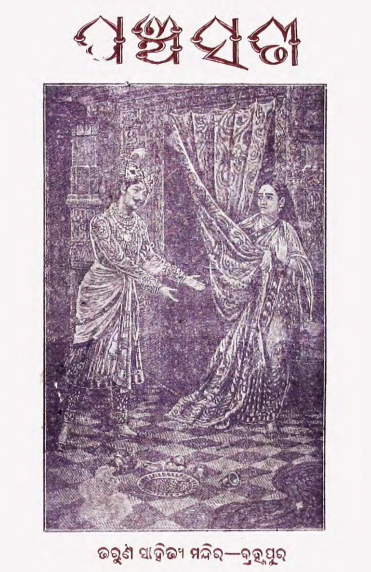The Panchasati have also been referred to as Panchakanya; they basically stand for The Five Virgins, and are typically called so because, er, they were not virgins at all, and had multiple coital partners in their lives. This is probably akin to calling Fardeen Khan an actor because he cannot act, but then, we have seen stranger things in life.
The Panchasati were cool people. They apparently slept with multiple people because the society had decreed them to, not out of their own will. What the epics do not lay stress on is the fact that they had not explicitly refused to sleep with the illustrious males, and presumably found the pleasure women typically find out of the acts.
Panchakanya is a group of five iconic women of the Hindu epics, extolled in a hymn and whose names are believed to dispel sin when recited. They are Ahalya, Draupadi, Kunti, Tara, and Mandodari. While Draupadi and Kunti are from Mahabharata, Ahalya, Tara and Mandodari are from the epic Ramayana.
The panchakanya are venerated as ideal women and chaste wives in one view. Their association with more than one man except Draupadi and breaking of traditions in some cases are prescribed as not to be followed by others.
There is another traditional verse celebrating five satis or chaste wives: Sati, Sita, Savitri, Damayanti and Arundhati. Are then Ahalya, Draupadi, Kunti, Tara and Mandodari not chaste wives because each has “known” a man, or more than one, other than her husband?
Magazine Info
| Magazine name | Panchasati / ପଞ୍ଚସତୀ |
| Editor | Raghunatha Panigrahi |
| No Of pages | 75 |
| Publisher | Tarun Sahitya Mandira |
| Publication | 1931 |
| Printed At | NA |
| Distributor | NA |

